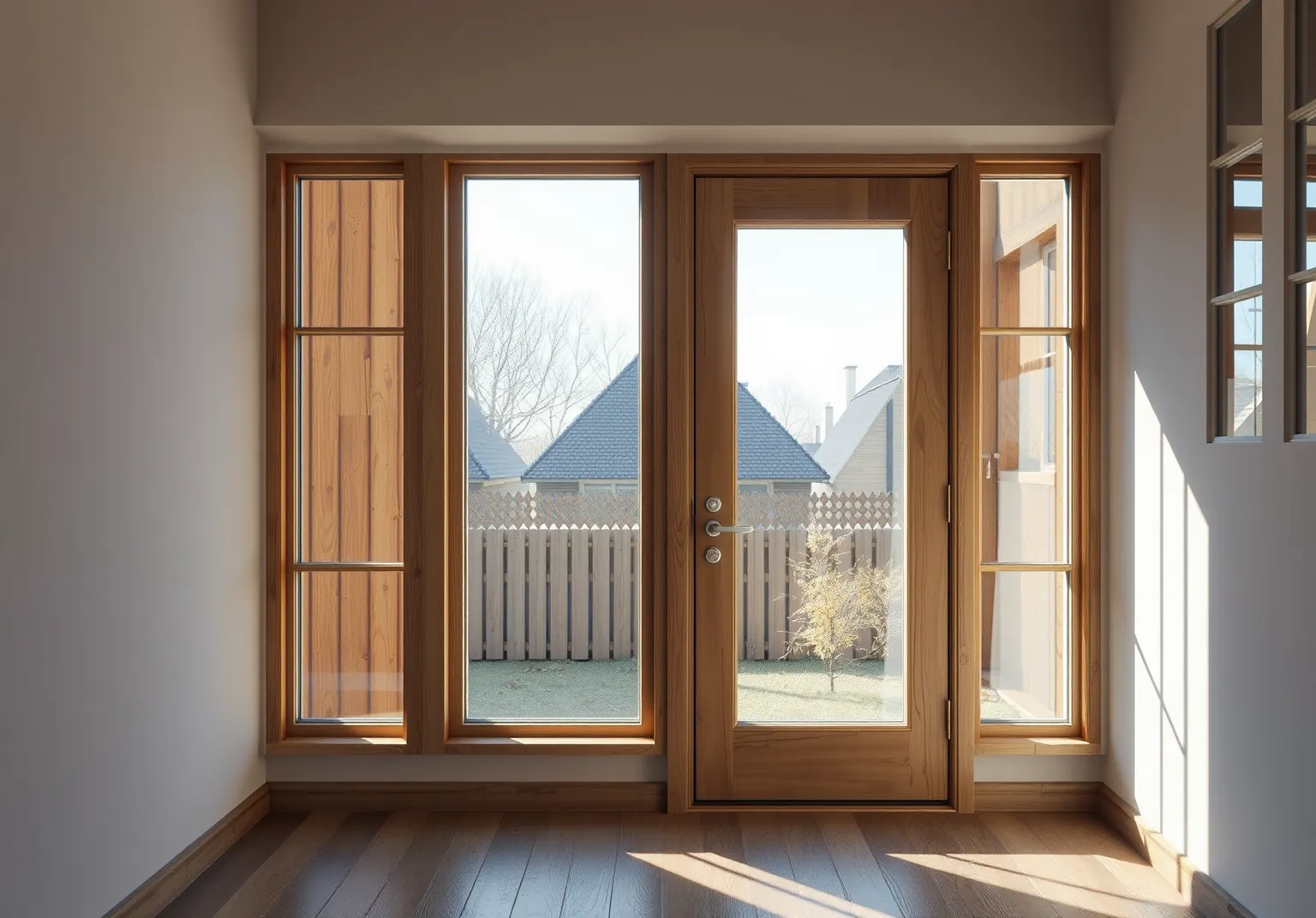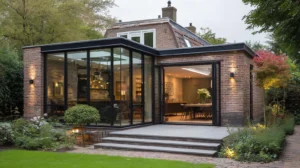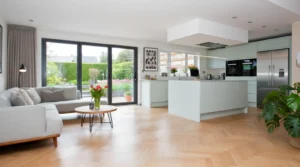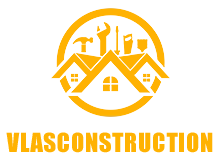Circular Economy in Renovations: Upcycling and Recycling Windows and Doors
Introduction
In the Netherlands, the construction sector is facing numerous challenges, including a significant labour shortage, the nitrogen crisis, a housing shortage, and the impacts of climate change. To address these issues, there is a growing emphasis on adopting circular economy practices in home renovations. This article will delve into the importance of circular renovation practices, particularly focusing on the upcycling and recycling of windows and doors, and explore the various eco-friendly solutions available in the Dutch market.
Basic Concepts
Before diving into the specifics, it is essential to understand some key terms and concepts related to circular economy practices in the construction sector.
- Circular Economy: This refers to an economic system aimed at reducing waste and the continuous use of resources. In the context of construction, it involves the reuse, recycling, and upcycling of building materials.
- Upcycling: The process of transforming old or discarded materials into new products of greater value or quality.
- Recycling: The process of collecting and processing materials that would otherwise be thrown away as waste and turning them into new products.
- Urban Mining: The practice of recovering valuable materials from existing buildings and infrastructure, often during renovation or demolition.
The Current State of Circular Construction in the Netherlands
The Dutch construction sector, despite its appearance of being circular, faces significant challenges. According to the Circularity Gap Report for the built environment in the Netherlands, only 8% of used building materials are circular and reused in equivalent or improved applications. This is despite a high recycling and reuse percentage of 88%, which is largely used for low-grade applications like road construction, thereby downcycling the materials’ value.
Problems in the Construction Sector
The construction sector in the Netherlands is the largest consumer of raw materials, accounting for 40% of energy consumption and 30% of water consumption. The sector is under immense pressure to meet the demand for new homes, with the government expecting 75,000 new homes to be built every year until 2025. This has highlighted the need for sustainable and circular construction practices to use raw materials more efficiently.
Opportunities for Circular Renovations
Upcycling Windows and Doors
Upcycling old windows and doors is a practical and eco-friendly approach to renovation. Here are some steps and tips for upcycling these elements:
How to Upcycle an Old Door into a Dutch Door
Upcycling an old door into a Dutch door is a creative way to add charm and functionality to your home. Here’s a step-by-step guide:
- Cut out the door panels: If you want to add glass windows to the top half of the door, carefully remove the middle panels. Use a spade bit to drill a hole in one corner of the panel and then cut it out.
- Replace with glass: Once the panels are removed, replace them with glass to create a windowed top half.
- Cut the door in half: Cut the door into two halves to create the characteristic Dutch door design.
- Add a shelf: If necessary, add a shelf to fill any gaps at the top of the door frame.
This process not only gives new life to an old door but also reduces waste and the need for new materials.
Recycling Windows and Doors
Recycling windows and doors involves breaking them down into their component materials and reusing these materials in new products.
Recycling Windows and Doors
Recycling windows and doors can significantly reduce the demand for primary materials and lower greenhouse gas emissions. Here are some ways to recycle these elements:
- Material Reclamation: During renovation or demolition, windows and doors can be dismantled, and their materials (such as glass, wood, and metal) can be reclaimed for use in new construction projects.
- Urban Mining: This practice involves recovering valuable materials from existing buildings. For example, old windows can be refurbished and reused, or their glass can be recycled into new glass products.
Eco-Friendly Building Materials and Practices in the Netherlands
Several companies and initiatives in the Netherlands are committed to using sustainable building materials and practices. Here are some key aspects:
Eco-Friendly Building Materials
Vlas Construction, for instance, specializes in using sustainable materials such as bamboo, recycled steel, and reclaimed wood. Here are some of their approaches:
- Energy-Efficient Design: Designs that maximize natural light and ventilation to minimize the need for artificial resources.
- Solar Panels and Energy-Efficient Appliances: Incorporating these elements to build homes that are both eco-friendly and cost-effective over time.
- Minimizing Environmental Impact: A comprehensive approach to reducing waste and environmental impact during construction.
These practices align with the broader national goals outlined in the Circular Construction Economy Transition Agenda, which aims to make the entire built environment circular by 2050.
Practical Tips for Homeowners
For homeowners looking to adopt circular renovation practices, here are some practical tips:
Here are some tips to help you incorporate circular economy practices into your home renovations:
- Assess Your Materials: Before starting your renovation, assess the materials you already have. Identify what can be upcycled or recycled.
- Choose Sustainable Materials: Opt for eco-friendly materials such as reclaimed wood, recycled steel, and energy-efficient appliances.
- Consult Professionals: Work with contractors who specialize in sustainable and circular construction practices.
- Plan for Long-Term Use: Design your renovations with long-term use in mind to reduce the need for future replacements and waste.
Conclusion
Adopting circular economy practices in home renovations is crucial for addressing the environmental and resource challenges faced by the construction sector in the Netherlands. By upcycling and recycling windows and doors, homeowners can significantly reduce waste, lower greenhouse gas emissions, and contribute to a more sustainable built environment. As the Netherlands strives to achieve a fully circular economy by 2050, embracing these practices will be essential for meeting national sustainability goals.
The transition to a circular economy in the construction sector is not just a necessity but an opportunity for innovation and sustainability. By understanding the current state of circular construction, exploring opportunities for upcycling and recycling, and adopting eco-friendly practices, we can build a more sustainable future for the Netherlands.








